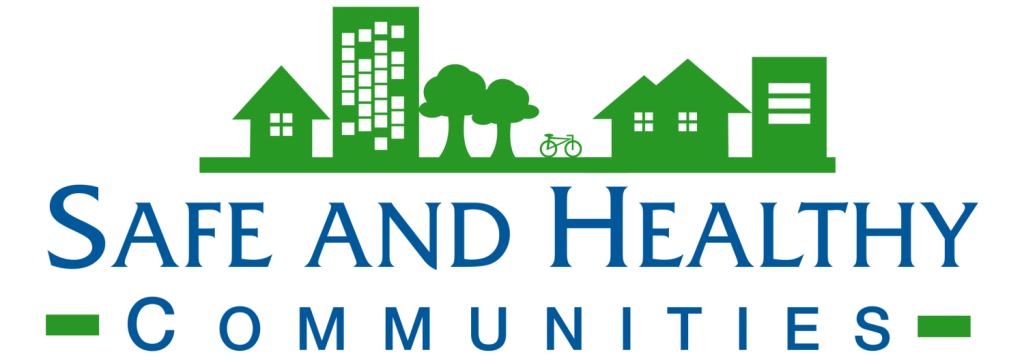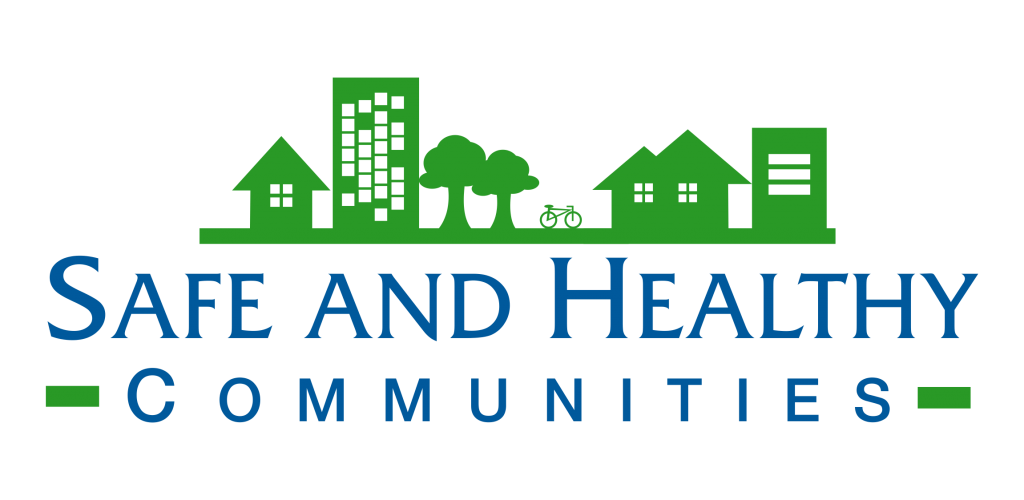Safe and Equitable Housing – How does housing affect health?
- Healthy housing promotes good physical and mental health
- Thoughtful design can reduce falls and injury, improve isolation
- Poor housing conditions have been linked to preventable conditions, such as lung and heart diseases
- A lack of affordable housing affects families’ ability to fund other essential expenses
- Quality housing construction including windows, siding, and insultation, can ensure greater energy efficiency and protect against changes in climate, including housing withstanding natural disasters and extreme temperatures that can impact health with presence of mold and other allergens and, in some cases, severe illness.
 People spend about 90% of their time indoors, with much of this time being spent in the home. Safe and healthy housing should be designed and constructed to support a person’s physical, mental, and social needs. There is strong evidence characterizing relationships between housing and health. Substandard housing conditions such as water leaks, poor ventilation, dirty carpets, and pest infestation have been associated with poor health outcomes, most notably those related to asthma. Additionally, exposure to high or low temperatures in the home have been linked with adverse health events, including heart attacks—particularly among older adults.
People spend about 90% of their time indoors, with much of this time being spent in the home. Safe and healthy housing should be designed and constructed to support a person’s physical, mental, and social needs. There is strong evidence characterizing relationships between housing and health. Substandard housing conditions such as water leaks, poor ventilation, dirty carpets, and pest infestation have been associated with poor health outcomes, most notably those related to asthma. Additionally, exposure to high or low temperatures in the home have been linked with adverse health events, including heart attacks—particularly among older adults.
Few homes offer basic accessibility and safety features that can improve the lives of everyone, but especially for older adults and people with disabilities. Also, too many homes are unaffordable, forcing budgetary trade-offs that can affect people’s ability to afford essentials. Too often families spend more than 25 to 30 percent of their income on housing, making affording healthy food and living a healthy lifestyle much more difficult. A lack of affordable housing in communities drives homelessness. People who are chronically homeless face higher burdens of physical and mental health.
Substandard housing conditions are disproportionately more common among historically marginalized and underserved communities and people with lower incomes. Families with low financial security are most likely to live in unhealthy housing conditions and are also less able to remedy them, further contributing to disparities. To address the complex interactions between housing, neighborhoods, equity, and health, strategies that include policies, design, and programs must be interdisciplinary ─ focusing on the quality, safety, accessibility of housing, health-promoting conditions and amenities in neighborhoods, and access to affordable housing.
How SHC can help:
- Conduct Health Impact Assessments of housing developments, and neighborhood, city-wide redevelopment and other related plans and projects
- Provide tools for professionals and residents to assess and score housing properties for health and safety for all ages and abilities
- Research and Evaluation (conduct literature review, stakeholder surveys, interviews, focus groups, and community-based participatory methods)
- Training, Technical Assistance, and Capacity Building
- Conduct comprehensive policy and equity housing related scans

